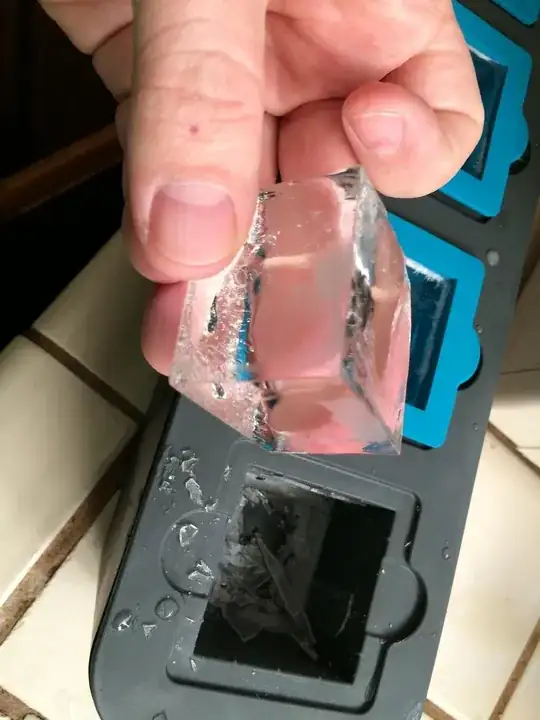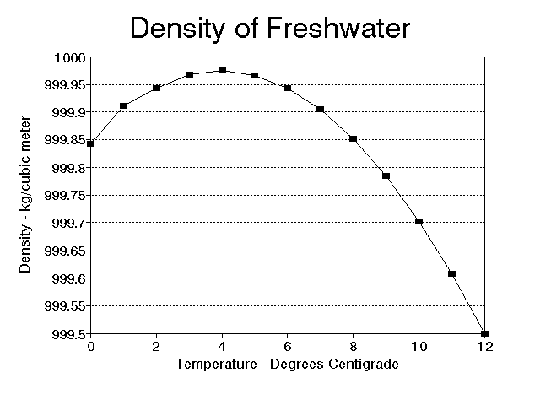Zero degree water is slightly lighter than 4 degree water, so if we take a body of water above freezing temperature and drop the temperature around it (usually above it in regards to a lake as the air temperature drops), the colder water should be on top and in contact with the colder air, and freeze first.
Water has a tiny bit of air in it. If you look at icecubes, you can see that ice cubes freeze from the top and from the sides (this makes sense cause the cold is all around the ice cube tray. This traps the air bubbles in the middle, cause air doesn't freeze at those temperatures.

You can see the clear ice (which froze first) and the white ice - white because of tiny air bubbles, that froze last. Water freezes where it's in contact with cold. It will also float upward if it can because it's lighter, ice is often structured and in place, so it doesn't always float upwards, but instead, will freeze in place.
Clear ice, which is sometimes used in bars is frozen from the bottom up. This is done by freezing from the bottom and, often, keeping the water circulating.

There's no mechanism for a lake to freeze bottom-up, unless you found a way to make the Earth colder below the lake. Water is also a very rare substance that expands and becomes lighter when it freezes. Most materials condense and sink when they freeze.
Clear ice is made by a method called directional freezing. So it really is a two part answer. Yes, the ice and zero degree water floats on top when the lake is close and into the freezing range, but also, where the cold is in contact with the lake matters. Air gets below freezing quite often. Ground below the lake, much less often if at all.
If you pour a bucket of water into a very cold depression on the ground in below freezing temperature and watch it freeze, there's a good chance you'd observe freezing from the bottom up.


